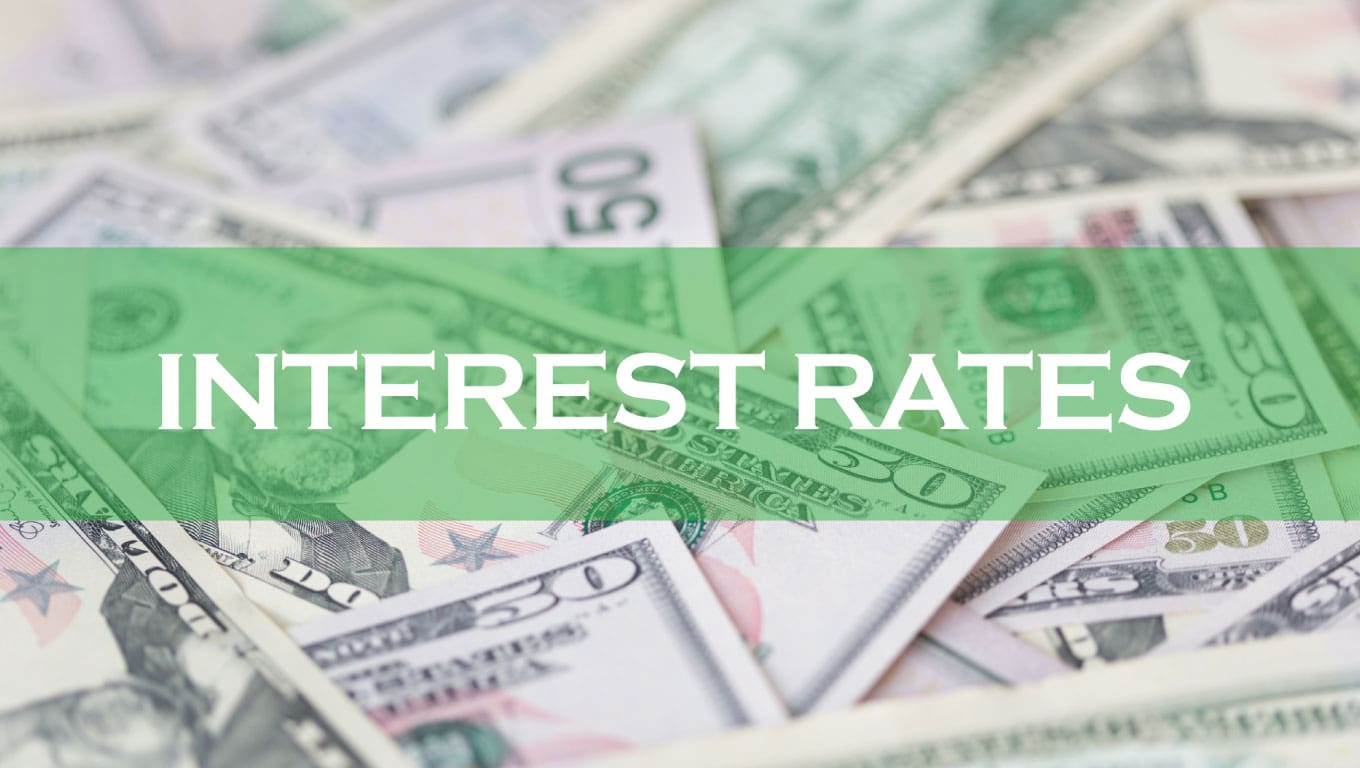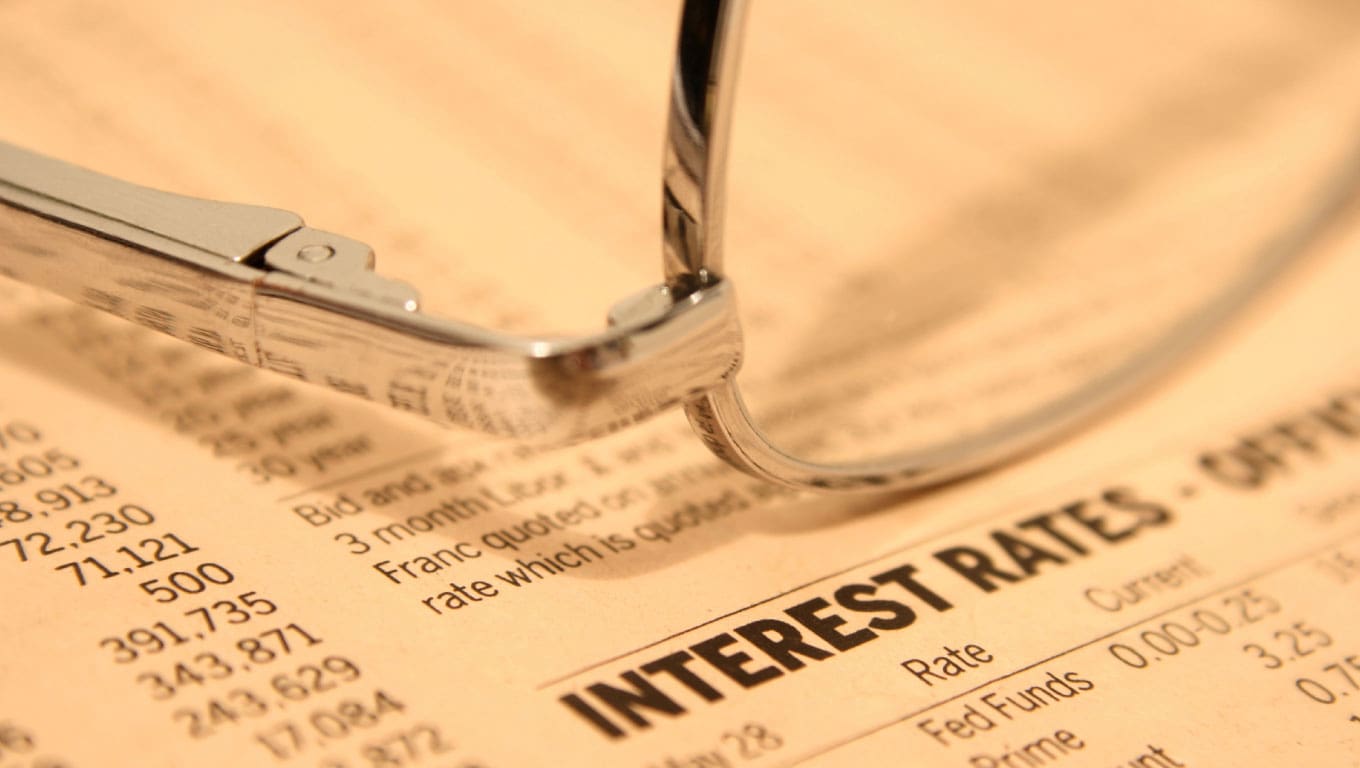Leggi questo articolo in Italiano

Interest rates: what you need to know
By Gabriele Brambilla
Interest rates can significantly affect the performance of the economy. Let's discover more!

Introduction to interest rates
Among the most well-known economic parameters, interest rates have also been the talk of the mainstream media for the past years. This happens when we are in the midst of a particular and delicate macroeconomic phase, in which interest rate interventions play a crucial role.
But what exactly are interest rate? From where does they derive all this importance? We will understand it in the course of this article.
Let’s not dwell on it any longer and get right into the main topic.
Index
What are interest rates?
“The Fed has decided to raise interest rates by 25 basis points.”
“No change in ECB interest rate, which will remain at 5 percent”
“A cut in interest rates is in sight.”
Such phrases we have heard and read so many from 2022 onward, especially the first two. This is because economic conditions, in which inflation was taking over, made it necessary for central banks to intervene , changing rates.
The interest rate is the percentage a central bank charges commercial banks when it lends them money. Commercial banks, that is, the ones we turn to, cannot independently print the banknotes they need; instead, they must go to their country’s central bank (such as the FED in the US and ECB in Europe) and request the amount they need. The central bank (CB) will go and charge an interest rate for the loan; this rate will then be passed on to customers by the commercial bank when it grants mortgages, loans, or financing. The interest rate set by the central bank actually indicates the cost of money.
Thus, we immediately understand how important the interest rate trend is. When it is low, loans, mortgages and financing will cost less, stimulating spending and investment by people and businesses. Conversely, a high interest rate discourages borrowing money, limiting investment.
"The interest rate is the percentage a central bank charges commercial banks when it lends them money"
How do interest rates work?
We have already explained much of how rates work in the previous paragraph, but let us restate it clearly.
Official interest rates are what the CB will go to the commercial one to ask it to lend it money. If the commercial bank needs 10 million, the CB will provide it with it at the current interest rate.
The rate will then directly impact the costs of the financial products offered by the bank. When rates are low, a mortgage will cost less than in a situation with high rates. To cite historical moments, a mortgage in 2020 (very low rates) was significantly cheaper than one in 2023 (rates at multi-year highs).
But why do CBs raise and lower interest rates? It all depends on economic conditions. Let’s look again at the years 2020 and 2023 to better understand.
2020 was the year of the pandemic outbreak. Production came to a forced halt, as did consumption (little or no going out except to the supermarket). Outside of basic necessities, everything else became superfluous.
Under these conditions, there was a serious danger of a heavy economic recession, and the CBs decided to intervene by cutting interest rates. What does it mean to cut interest rates? Simple: lower them, also quickly and in a short time.
With a lower interest rate, the economy is stimulated to invest and consume. Despite the pandemic, the worst was avoided. However, the side effects of this intervention, in which the CB actually increases the money supply (quantitative easing), were certainly not long in coming.
Once the hard phase had passed, another negative one arrived, with a known and feared identity: inflation. When it strikes, the only means available to a CB is the opposite intervention to the previous one: raising interest rates and reducing the money supply (quantitative tightening).
As we now know, 2022 was the year when rates began to rise, touching multi-year highs in 2023. But what happens when interest rates are raised? The economy is not stimulated and can go into trouble. Unfortunately, every action has pros and cons; it is up to institutions to find the right balance, bringing inflation, employment, consumption and investment together.

Inflation and interest rate
How do interest rates affect inflation? The relationship between inflation and interest rate is given by the amount of money in circulation.
Low interest rates are present in the phase when supply expands, when the CB buys government bonds and other assets to stimulate the economy. In contrast, high rates are present in the exact opposite phase.
When supply is high, money depreciates given the quantity and inflation rises. On the other hand, if supply is low, money is less available and inflation falls.
When inflation picks up, CBs must intervene, otherwise there is a risk that the situation will get out of hand. There are historical examples where the run-up in prices gave way to hyperinflation, a catastrophic scenario that must be avoided at all costs.
On the other hand, however, the scene where rates are skyrocketing and the economy slows down, causing the risk of recession to grow (and often materialize) is equally problematic .
Once again, therefore, we can touch on how all the economic parameters are intertwined, giving rise to numerous complexities.
What is the current interest rate?
A country’s interest rates can be consulted on all economic portals, often placed prominently on the homepage. In addition, we can follow them in real time on portals such as TradingView, which in addition to tools for technical analysis provides charts and data on numerous macroeconomic indicators.
Conclusions
Now that you know about interest rates you will certainly have less trouble understanding the economic world. Thanks for reading, see you next time!